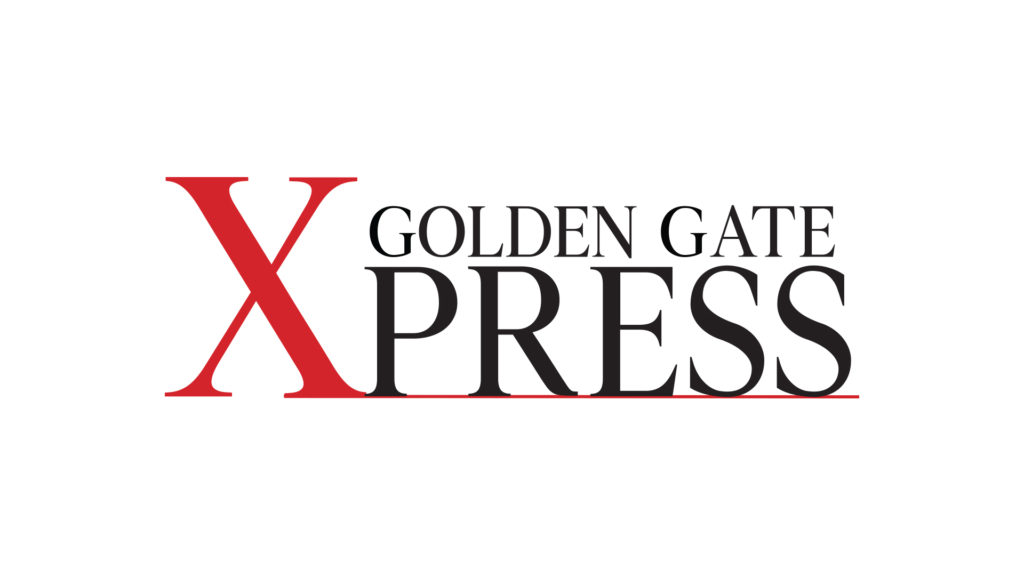At a March 20 meeting between Associated Students Inc. and Vice President of Student Affairs Luoluo Hong at Jack Adams Hall, student leaders accused Hong of keeping the community in the dark about a January change to policies and procedures surrounding Title IX sexual misconduct investigations.
The Chancellor’s Office implemented a halt to Title IX investigations systemwide in the wake of a Jan. 4 California Court of Appeals ruling that ordered changes to procedures undertaken by California universities for investigations of sexual misconduct, but according to Hong, administrators at SF State were told not to inform the community.
ASI members viewed the silence from SAEM and the Chancellor’s Office with frustration, particularly since they said administrators at other campuses informed their student bodies.
“I felt disempowered to find out about this from another student from another CSU campus,” said ASI science and engineering representative, Ivy Tran. “I was shocked and enraged that I didn’t get this information from my campus itself.”
According to Judge Howard Halm’s Jan. 4 ruling in Doe v. Allee, students accused of Title IX violations have the right to a hearing before a neutral factfinder during which they can cross-examine witnesses, including their accusers.
“When credibility of witnesses is essential to a finding of sexual misconduct, the stakes at issue in the adjudication are high, the interests are significant, and the accused’s opportunity to confront adverse witnesses in the face of competing narratives is key,” Halm wrote in the court’s opinion on the case.
CSU has yet to determine how it will alter its Title IX procedures to fall in line with the ruling, so in the meantime, all cases involving sexual misconduct have been put on hold indefinitely.
ASI leaders expressed outrage Wednesday that SF State students are just now finding out about the temporary halt to Title IX investigations, despite administrators throughout CSU’s 23 campuses have known for months.
Hong said she was only doing as instructed by the Chancellor’s Office, though.
“The people that are directly impacted are absolutely being informed,” she said. “This was not my policy to announce.”
ASI President Nathan Jones said he would have liked to have heard those responsible for keeping the student body ignorant of the change take account for their actions Wednesday.
“It wasn’t like we were trying to call out the administration and say this was 100 percent their fault,” Jones said. “We know that this is beyond our school, this is the Chancellor’s Office directive, but as student leaders, we all have an obligation to the students to let them know what’s going on.”
According to Hong, she was advised against announcing the changes to the policy, which affects not just the nearly 30,000 students enrolled at SF State, but faculty and staff as well.
“If I am told by legal counsel to not share this policy with others, I take that seriously,” she said. “We were not supposed to share, that’s what we were asked to do.”
ASI student leaders stressed a lack of communication as the driving force behind a lot of their frustration. They noted repeatedly that other campuses were made aware of the changes sooner, and cited a Feb. 14 LA Times article on the interim-policy changes, as adding insult to injury.
While the debate was driven with strong opinions from both sides, neither ceded much ground.
“I think it was a conversation that needed to happen, it was really important to get different perspectives,” ASI board member Chantel Bermudez said. “I would’ve liked to [have] seen more action on behalf of all of us, and the willingness to send out an email as soon as possible to notify students of what’s going on.”
Hong said she understood the frustrations of the ASI board members but she felt compelled to stand her ground.
“I continue to respect the ASI board members [and] take very seriously the roles of student leaders,” Hong said. “I think many times student voices have persuaded me to change my mind, so I’m a persuadable person, but I’m just gonna say that today I was not [persuaded]. I feel very strongly that I’m making the right decision.”








